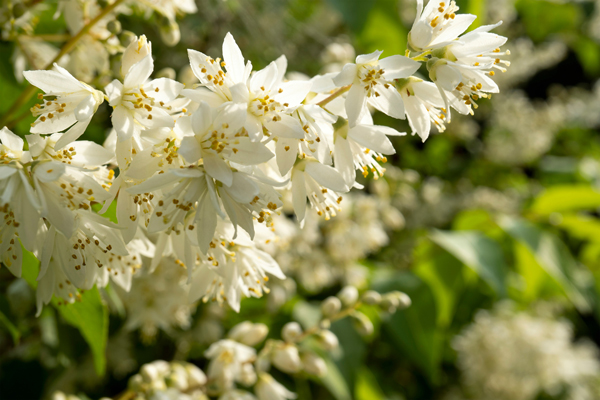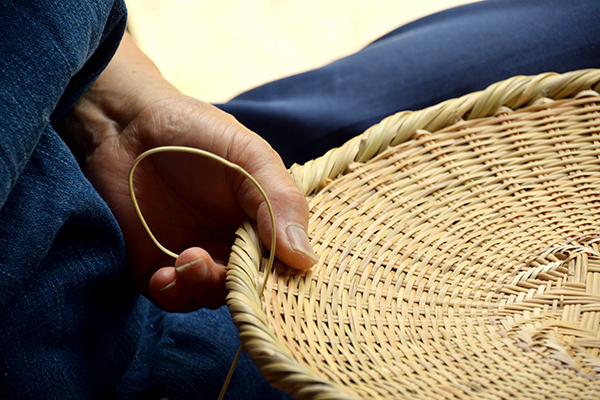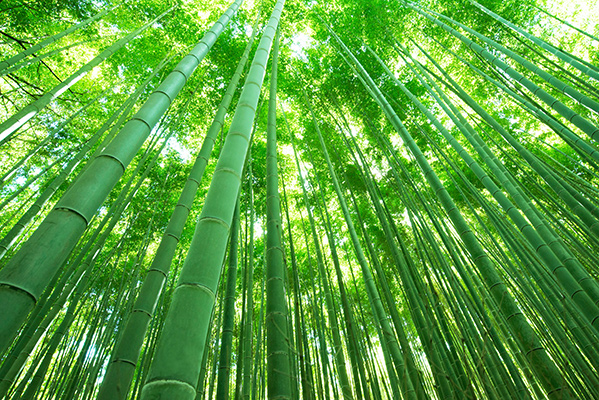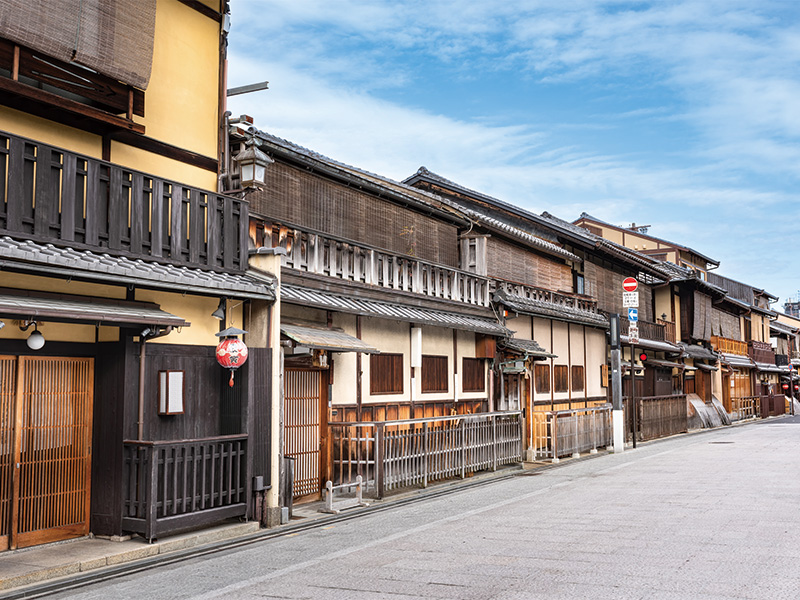The Northern Ward (Kita-ku), as the name suggests, is located in the northern part of the 23 special wards of Tokyo and serves as a key transportation hub connecting the city center with Saitama. The presence of railways in the area dates back to around 140 years ago, with the establishment of "Oji Station" in 1883. Since then, the railway network has expanded significantly, and currently, the Northern Ward is served by various lines including JR Yamanote Line, JR Keihin-Tohoku Line, JR Saikyo Line, Tokyo Metro Namboku Line, Toei Mita Line, Toden Arakawa Line, providing residents with convenient transportation options. With 11 JR stations within the ward, it boasts the highest number in Tokyo, highlighting its excellent transportation accessibility.
Known as one of the "Tokyo Big Three Ginza," the Northern Ward is home to lively shopping streets such as the "Jūjō Ginza Shopping Street," which began to flourish in the latter half of the Meiji era. The area also features parks, including one of the oldest in Japan, "Asukayama Park," renowned for its cherry blossoms. Other notable parks include the spacious "Kita Ward Central Park," "Akabane Nature Observation Park," and the "Otonashi Shinsui Park," selected as one of "Japan's Top 100 City Parks." Historical sites such as the "Former Furukawa Gardens" and green spaces along the Arakawa River add to the charm of the Northern Ward, providing residents with places for relaxation and recreation.
In this introduction, we will explore the current Northern Ward area as the "Kita Ward Zone."
Akabane Station
Otonashi Water Park
■1 Kita Ward area until early modern times
The Kita Ward area is composed of the "Musashino Plateau" and the "Arakawa Lowland." In the vicinity of the cliffs of the Musashino Plateau, ancient administrative offices called "gunga" (military offices) were established, and castles such as "Hiratsuka Castle" were built during the medieval period. Capitalizing on its excellent vantage points, this area has historically functioned as the center of the Toshima district.
The current Kita Ward features place names such as "Oji" and "Takinogawa." The origins of these names are attributed to the enshrinement of the "Oji Shrine" during the latter part of the Kamakura period and the rapid flow of the river around the boundary of the former Takinogawa village and the former Oji village, resembling a waterfall.
During the Edo period, the Kita Ward area was traversed by the "Nikko Onari Kaido," a road that originated from Edo Nihonbashi, merged with the Nikko Daido, and continued southward to intersect with the Go-Kaido highways, including the Nikko Road. After Tokugawa Ieyasu was enshrined at the "Nikko Toshogu Shrine" following his death, the subsequent shoguns used the "Nikko Onari Kaido" when making pilgrimages to the Nikko Shrine. The route of the "Nikko Onari Kaido" is now represented by "Hongo Street," the "To-455 Hongo Akabane Line," and "National Route 122," serving as a major north-south route through the current Kita Ward.
The eighth shogun, Tokugawa Yoshimune, planted cherry blossoms on "Asukayama," which is also along the "Nikko Onari Kaido," and introduced maple trees along the Ishigami River (Takinogawa). Subsequently, the area between Asukayama and Takinogawa developed into a prominent destination for cherry blossom viewing, summer river activities, and autumn foliage viewing, making it one of the foremost recreational areas in Edo, bustling with activity throughout the year.
Current “Asukayama Park”
■2 Kita Ward area during the Meiji period
As the Meiji era began, the Kita Ward area witnessed the establishment of large factories and the emergence of military facilities, earning it the nickname "Military Capital". The population rapidly increased, leading to the development of commerce.
In Oji, entrepreneur Eiichi Shibusawa played a central role in the completion of Japan's earliest Western-style paper factory, "Oji Paper," in 1875. In a corner of this facility, a printing plant for the "Printing Bureau," responsible for printing banknotes, was also established. This laid the foundation for Oji to evolve into a hub for Japan's paper and printing industry. Eiichi Shibusawa, a prominent industrialist of the Meiji period, served as the inaugural head of banknote issuance in the early Meiji era, contributing significantly to Japan's currency issuance. His portrait will be featured on the new 10,000-yen banknote scheduled for release in 2024.
In 1883, the "Nippon Railway" (now JR Takasaki Line) commenced operations, and "Oji Station" was established in the heart of this region, which had already developed as a recreational destination. In 1911, the streetcar line of "Oji Electric Railway" (now Toden Arakawa Line) also started operations. Facilities such as depots were established in Tabata, contributing to the area's growth as a crucial railway hub.
Around the nature-rich "Asukayama," estates of industrialists such as Shibusawa Eiichi's residence (later his main residence) and the Furukawa family's residence (later their main residence) were established. Currently, the Shibusawa residence site is open to the public as the "Former Shibusawa Garden" within Asukayama Park, while the Furukawa residence site is accessible as the "Former Furukawa Garden."
Furthermore, in Nishigahara, experimental facilities for forestry, sericulture, and agriculture were established, contributing to industrial development. These experimental facilities gradually relocated to the suburbs from the late Meiji era to the mid-Showa era. The extensive grounds are now home to various public and governmental facilities such as "Takinogawa Park," "Takinogawa Sports Center," "Museum of Earthquake Science," "Nishigahara Training Joint Government Building," "Tokyo Hospital for Flowers and Trees," and the "National Printing Bureau Tokyo Factory."
Monument to the birthplace of paper (former site of Oji Paper)
Old Furukawa Garden
■3 Taisho period to present Kita Ward area
After the Great Kanto Earthquake, Tokyo's urban areas expanded, and in 1932, the city's jurisdiction expanded with the establishment of 20 new wards. Post-war, the districts of "Oji" and "Takinogawa" became the "Oji Ward" and "Takinogawa Ward" during this period. The territories of two towns in Kitatoshima County, "Oji Town" and "Iwabuchi Town," formed the "Oji Ward," while "Takinogawa Town" became the standalone "Takinogawa Ward." Subsequently, during a reorganization and consolidation, Oji Ward and Takinogawa Ward were merged to form the Northern Ward (Kita Ward).
After the war, the extensive vacant lots of former military facilities and wartime factories were repurposed to create large-scale public facilities such as residential complexes, schools, parks, and sports facilities. The city transformed into a comfortable and convenient place to live. Notable facilities on these sites include the "Kita Ward Central Park," "Ajinomoto Field Nishi-Ga-Oka," and the "National Institute of Sports Science." The "Central Park Cultural Center" and a portion of the "Kita Ward Central Library" within the "Kita Ward Central Park" utilize buildings from the military era, serving as valuable reminders of the area's history.
Additionally, post-war Kita Ward took on the characteristics of a Tokyo bedroom community, with a thriving commercial sector. Shopping districts near stations such as Jujo and Akabane became bustling hubs, with "Jujo Ginza Shopping Street," counted among the "Tokyo Big Three Ginza," showcasing a vibrant arcade and attracting local shoppers every day. Other notable shopping streets in Kita Ward include "LaLa Garden Akabane Suzuran Street Shopping Street" in Akabane and "Shimofuri Ginza Shopping Street" in Nishigahara. In total, there are over 70 shopping streets in Kita Ward, playing a crucial role in supporting the daily lives of its residents.
Kita Ward Central Library
Jujo Ginza shopping street
■4 Future plans for the Kita Ward area
The "Akabane-dai Danchi" was the first large-scale housing complex in the 23 special wards of Tokyo. Due to the aging of the residential buildings, reconstruction began after 2000, and the complex was renamed "Nouvelle Akabane-dai." Four buildings, including the flat-style residential building (Building 41) and the Star House (Buildings 42-44), were preserved and utilized due to their historical value. In 2019, they became the first registered tangible cultural properties related to housing complexes, under the name "Former Akabane-dai Danchi Buildings 41-44." The "Urban Renaissance Agency (UR)" constructed a new exhibition facility along with these four buildings, known as the "UR Machi to Kurashi no Museum," which opened in 2023 to educate about the history of urban living and disseminate information.
In addition, a comprehensive development project called the "Akabane-dai Surrounding Area Medium-High Rise Residential Complex B Zone" is underway in the northern part of Akabane, including the northern part of "Akabane Station" and a portion of the former "Akabane-dai Danchi" site. This project includes the construction of tower apartments, 553 condominiums, lifestyle convenience facilities like cafes, and public passages featuring elevators and escalators.
Furthermore, there is ongoing redevelopment in the west exit area of " Jujo Station" until fiscal year 2025, known as the “Jujo Station West Exit District Type 1 Urban Redevelopment Project." Tower apartments like "The Tower JUJO" are being constructed. The facility name is "J&TERRACE," and the commercial, business, and public facility name for the lower levels is "J&MALL." The name "J&" combines the initial "J" for Jujo and the "&" symbolizing "together," representing "Jujo and = J&(J&TERRACE)."
With these large-scale developments, Kita Ward continues to evolve. The vibrancy of shopping districts, parks, and the Arakawa riverside landscape, combined with new developments, creates an atmosphere of anticipation for both the enduring and emerging aspects of the ward.
Nouvelle Akabanedai cityscape
Arakawa riverbed scenery
■5 Tradition/Culture Mini-column “Auspicious Lucky Rake”
The "kumade" originally served as a farming tool used to rake in dried leaves and straw. However, over time, it evolved into a symbol of good luck and prosperity, associated with "raking in fortune" or "drawing in customers." This transformed it into a talisman known as "engi-fuku kumade" or a "lucky rake." During events like the "Tori-no-ichi" held at temples and shrines across Japan, especially towards the end of the year, many visitors seek out these lucky rakes for the blessings of household safety and business prosperity. In Kita Ward, the "Oji Shrine Kumade Market," held annually on December 6th, is particularly famous.
Established in 1897 during the Meiji era, "Oji Shibazen" is a kumade specialty shop in Kita Ward that has been passed down through three generations. Preparation for the year-end market, where kumade is sold, begins as early as January with tasks such as making components. "Oji Shibazen" not only offers traditional kumade but also suggests modern and decorative kumade that can serve as interior items, catering to contemporary tastes.

“Oji Shibazen” “Auspicious Lucky Rake”









